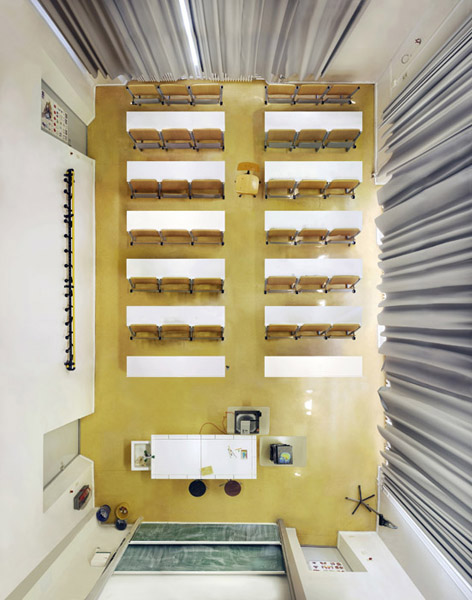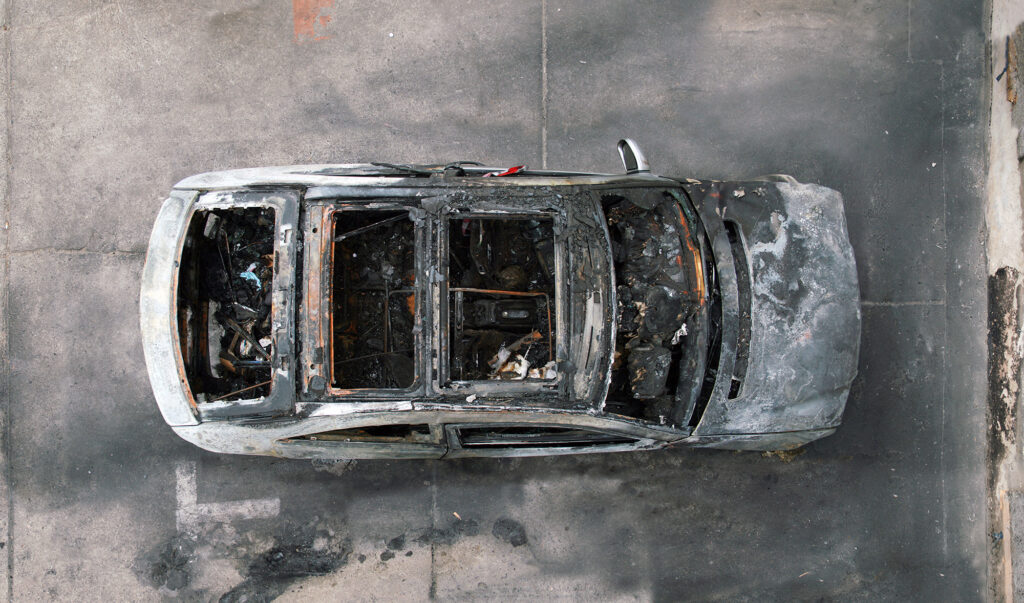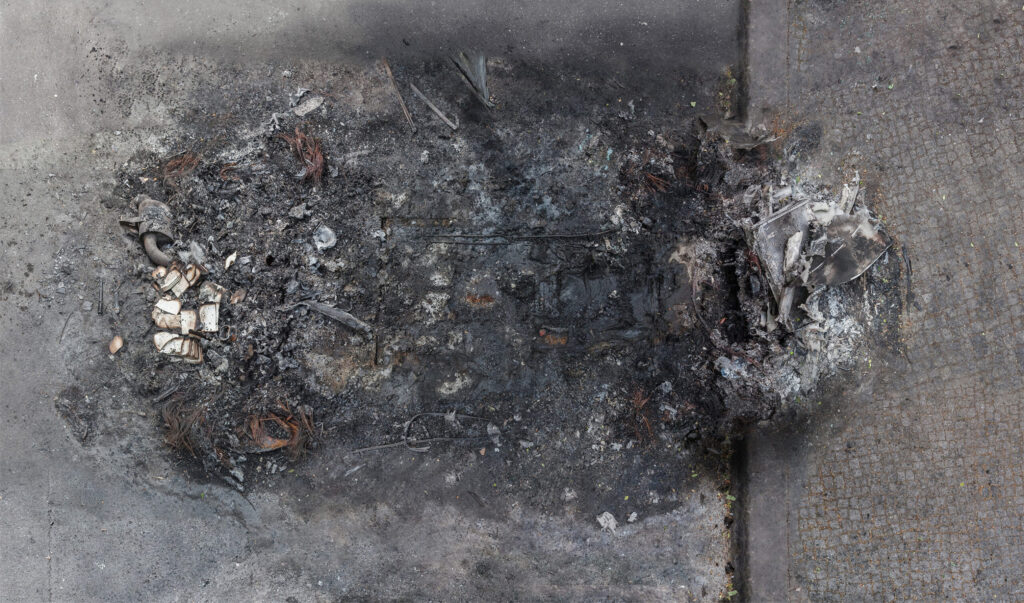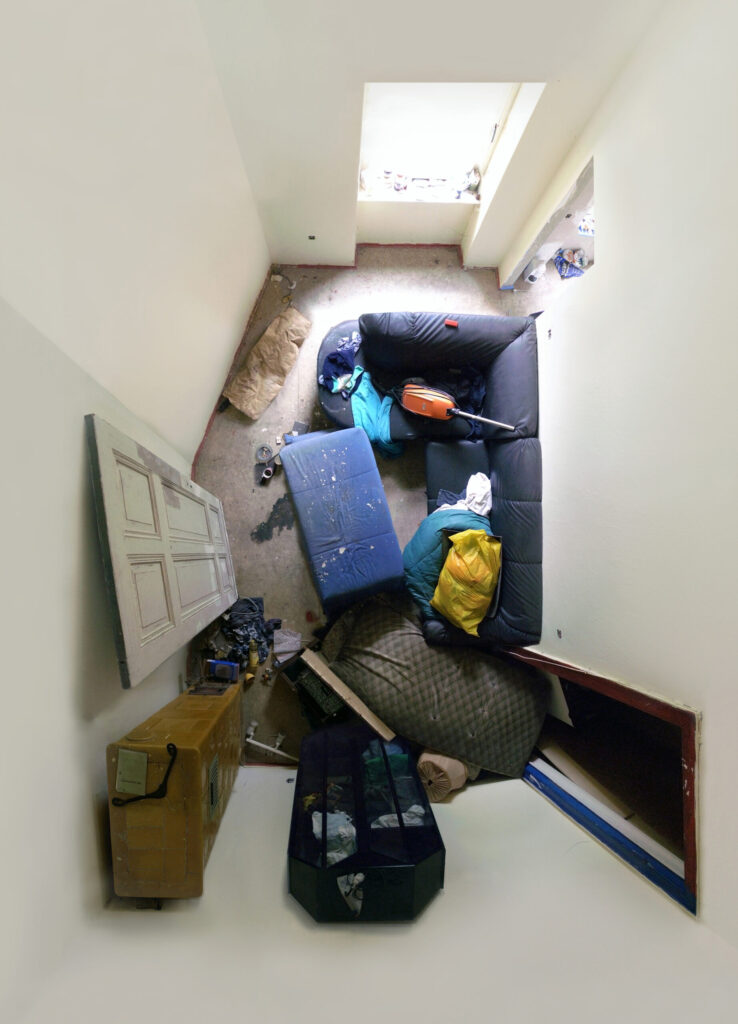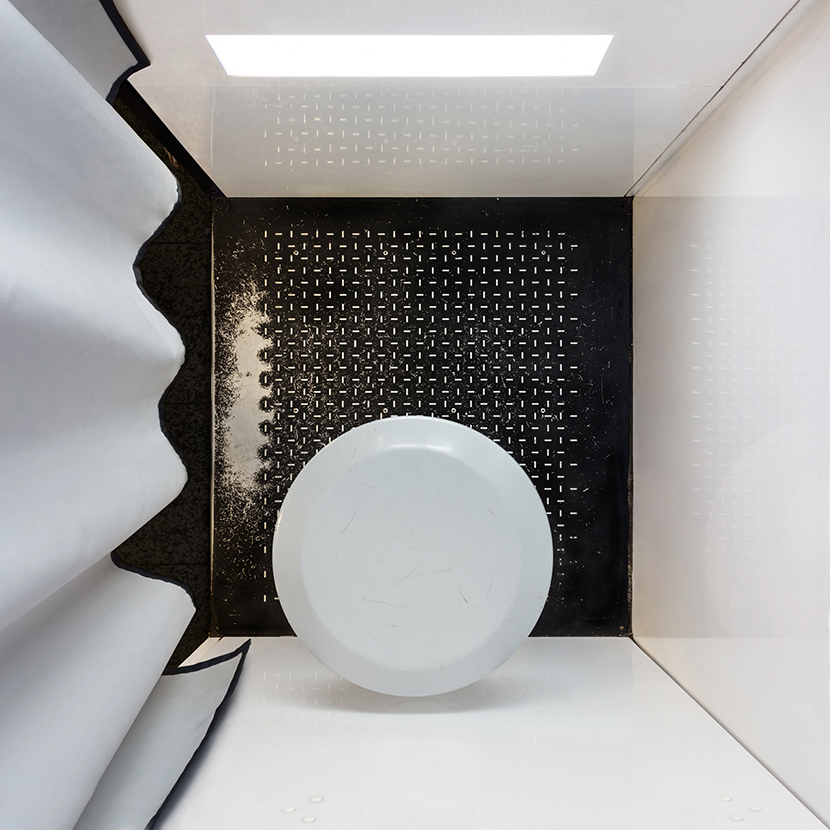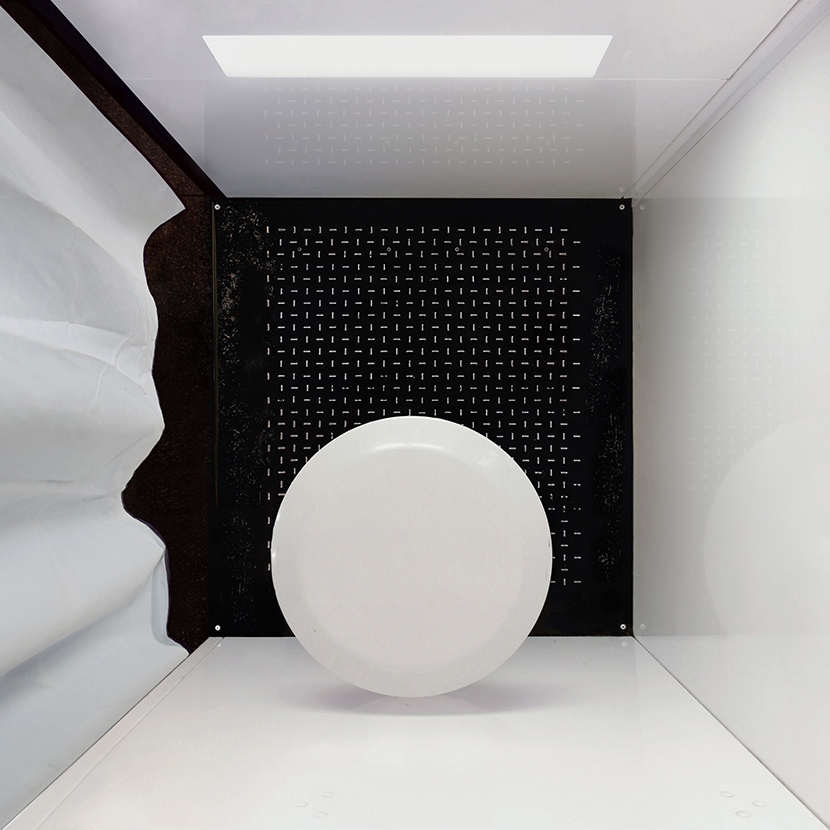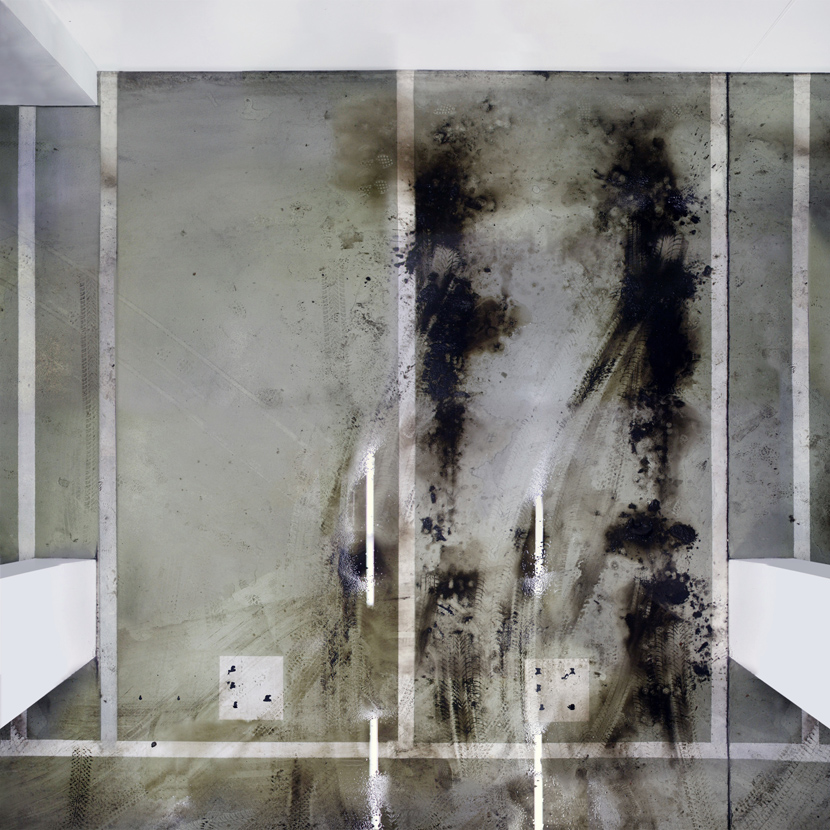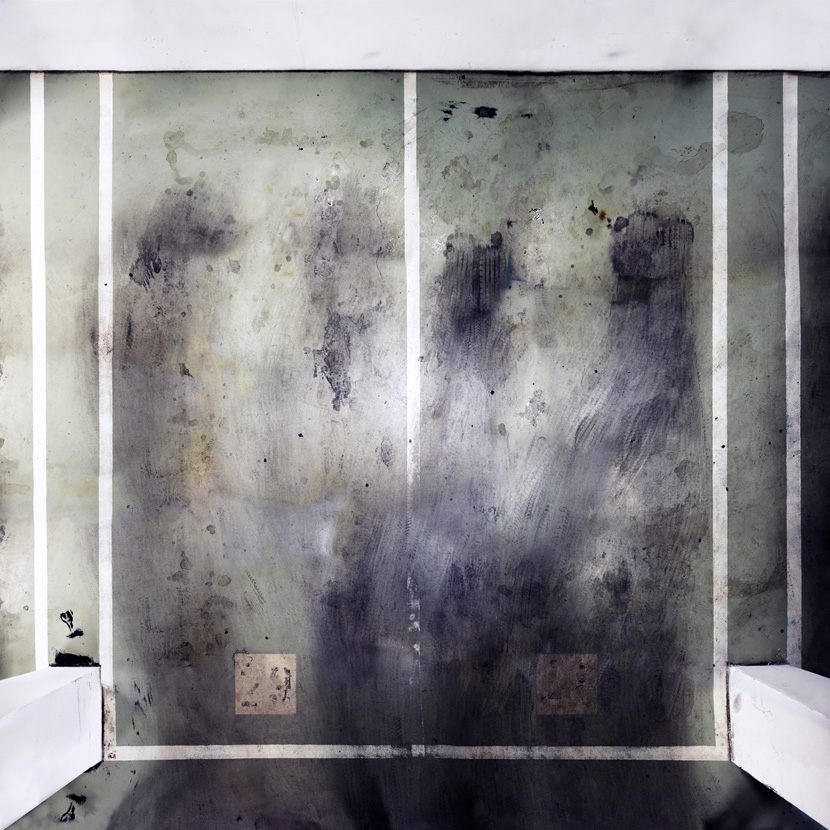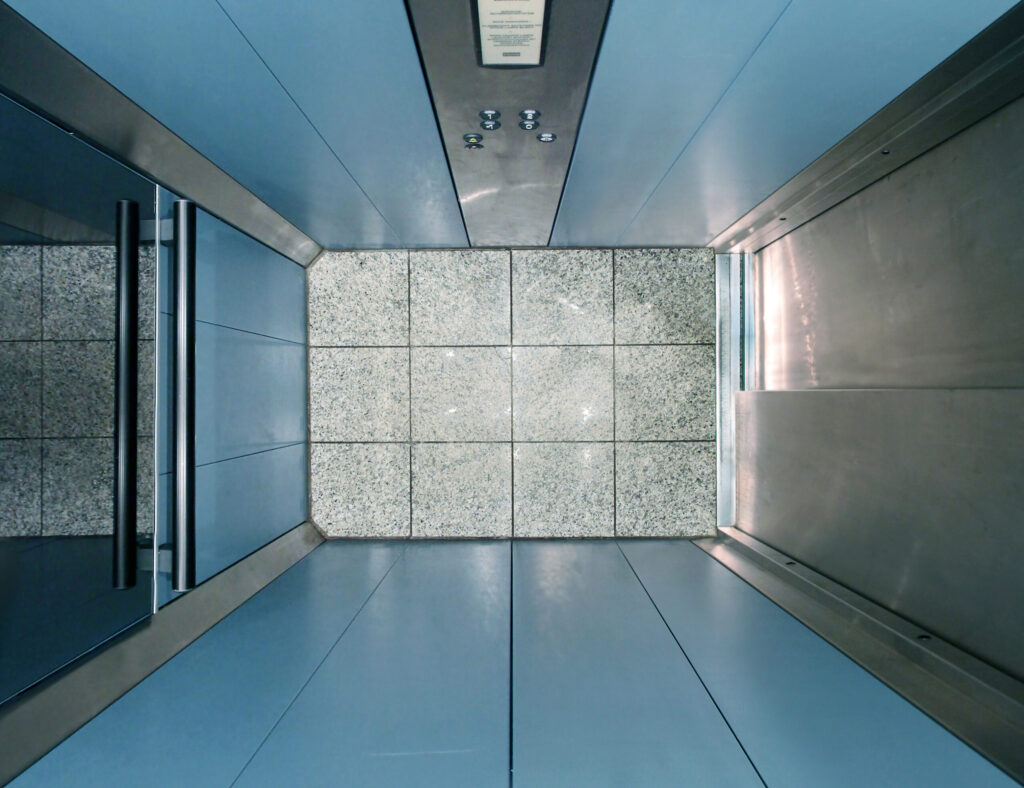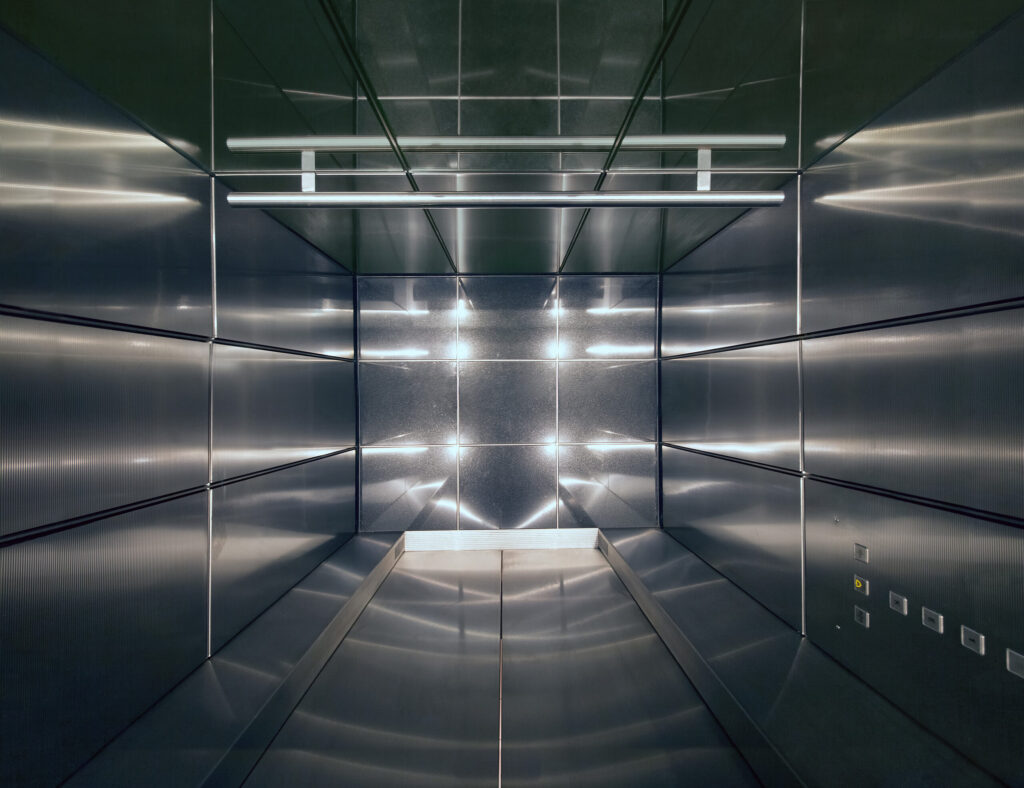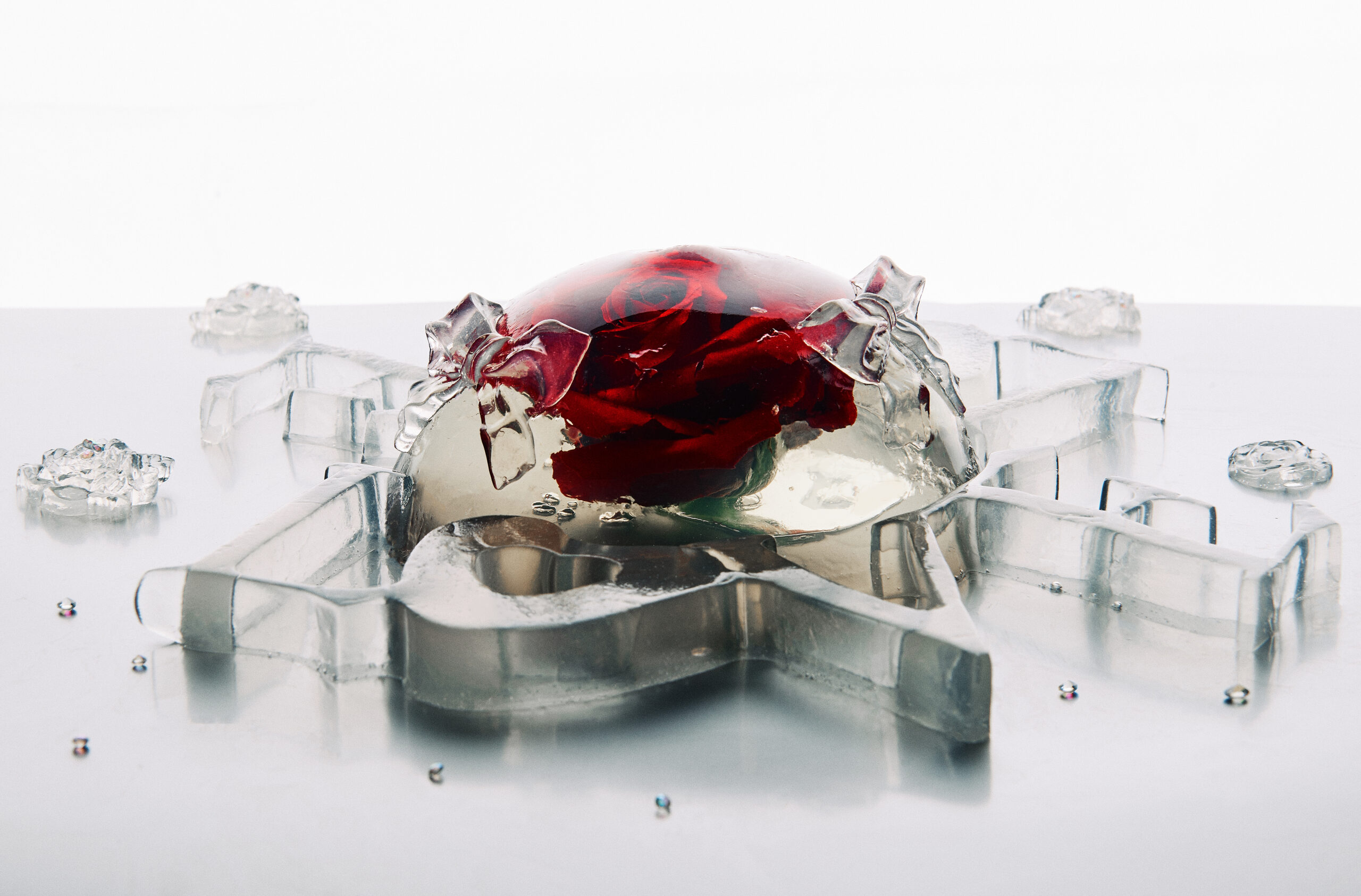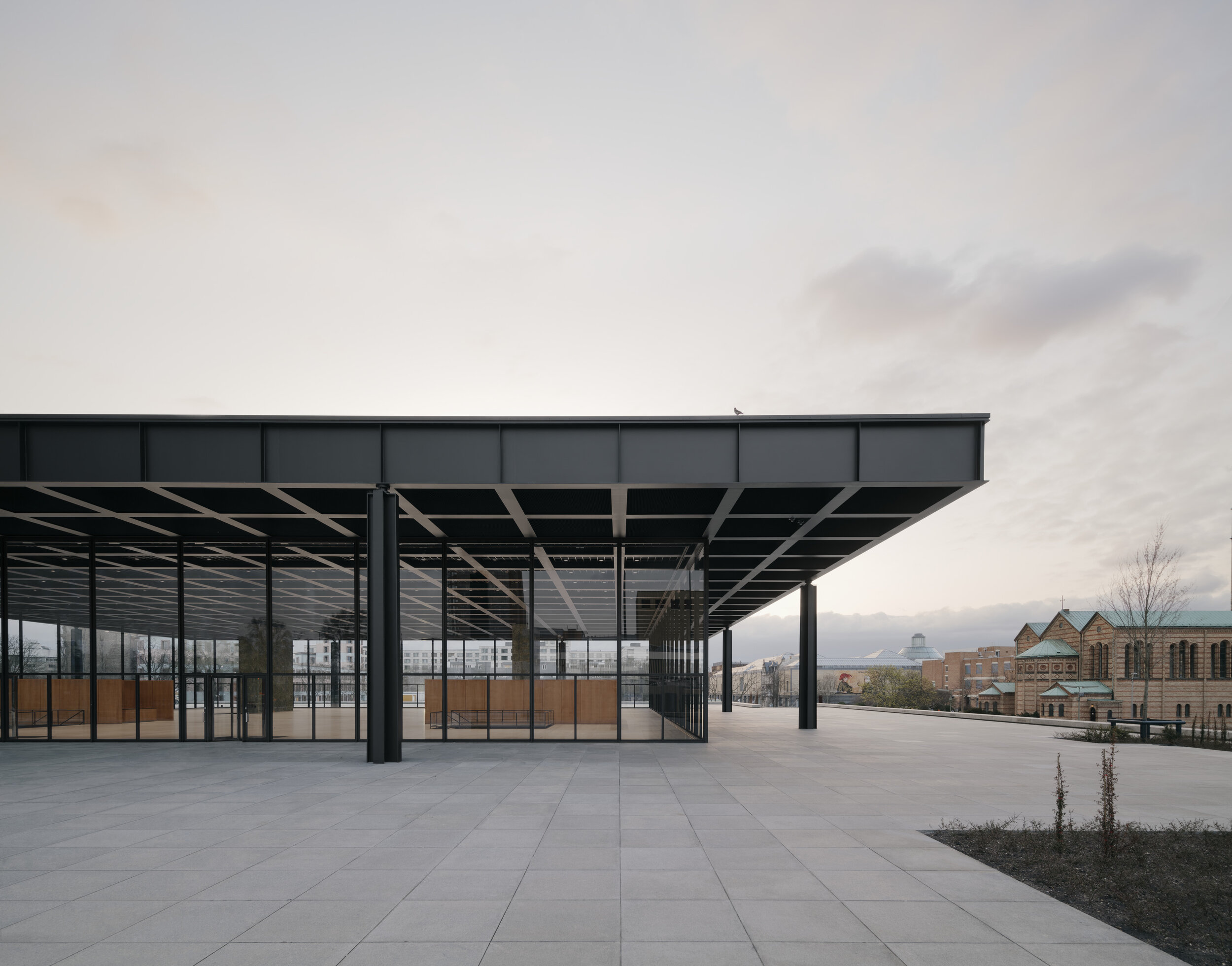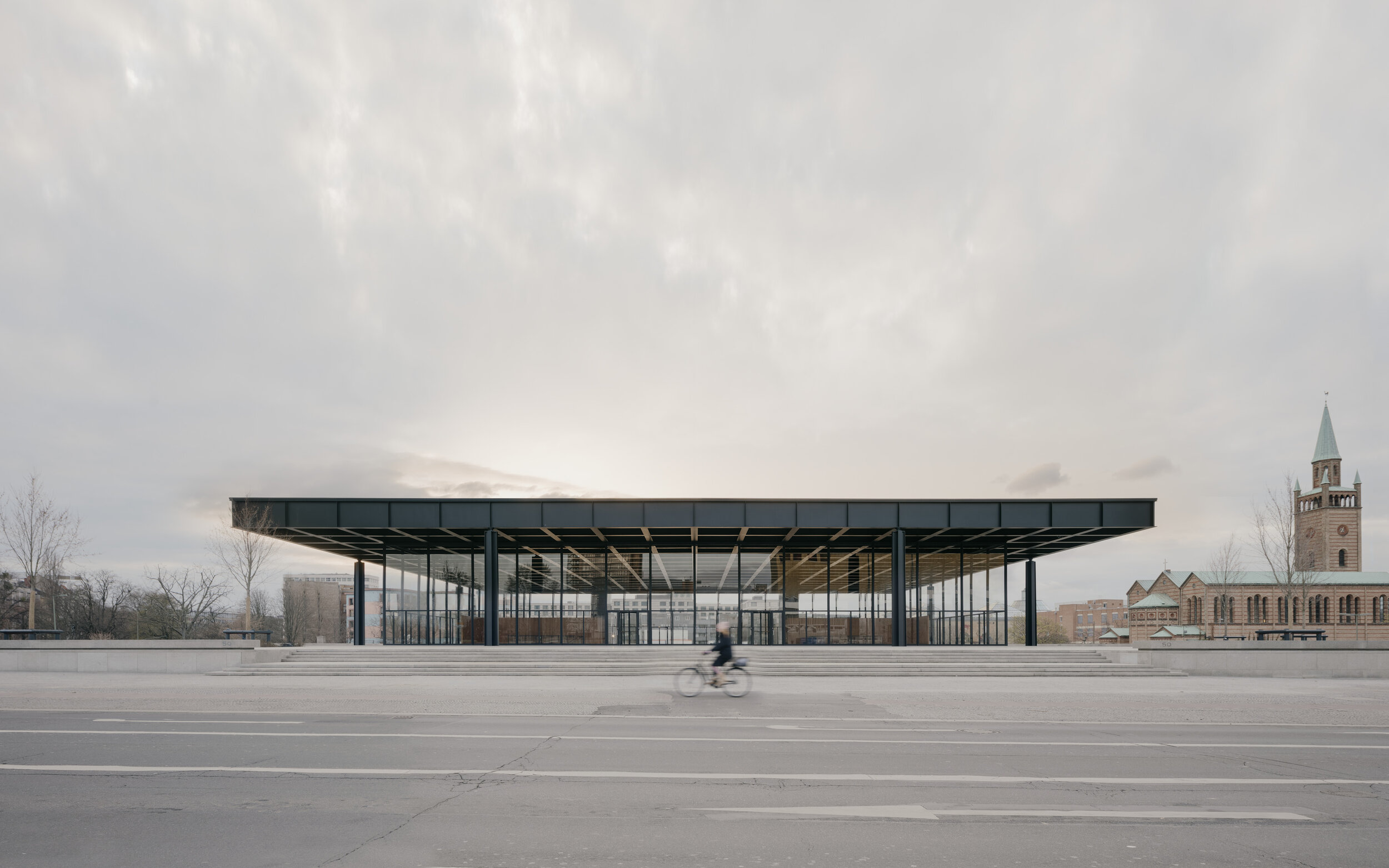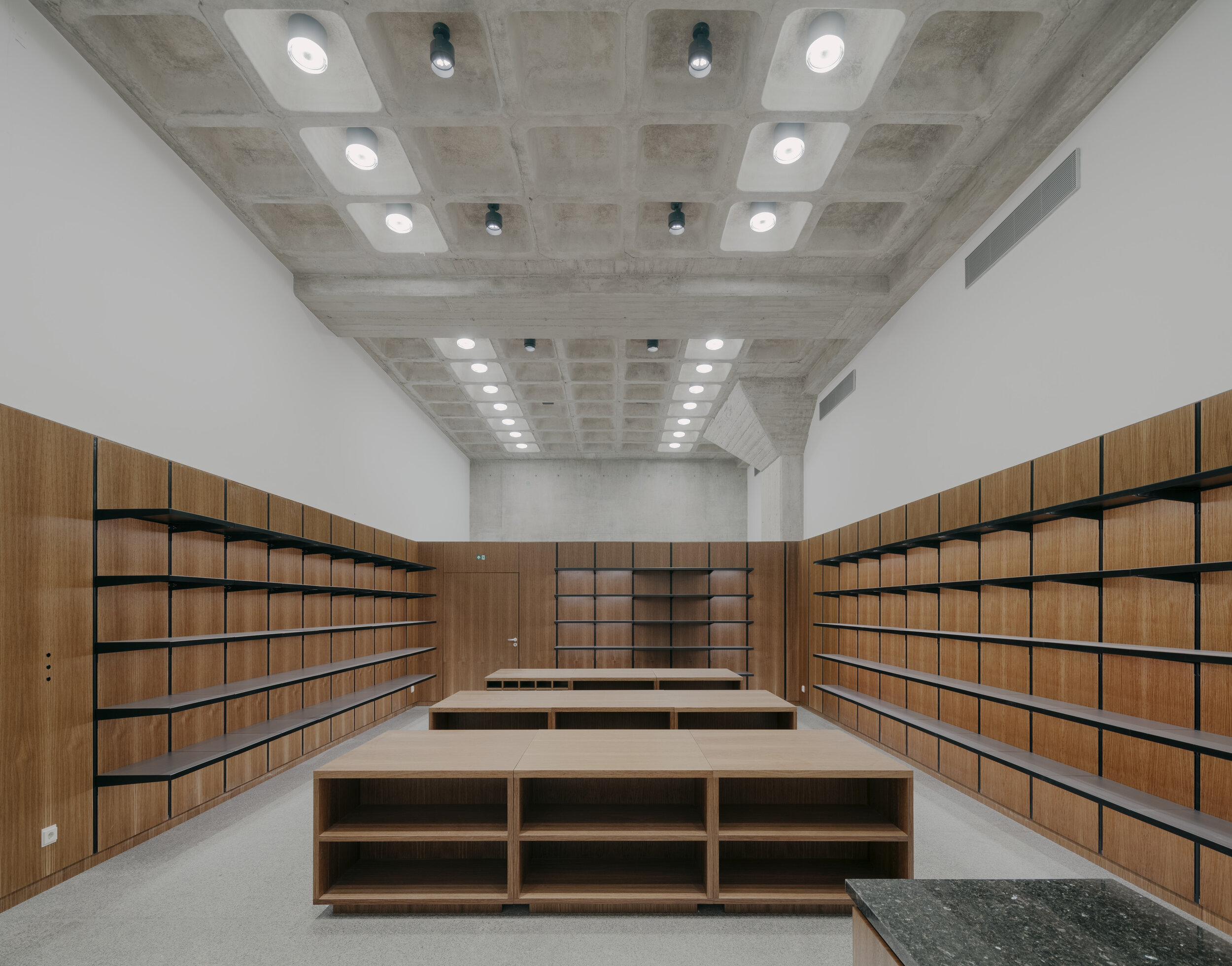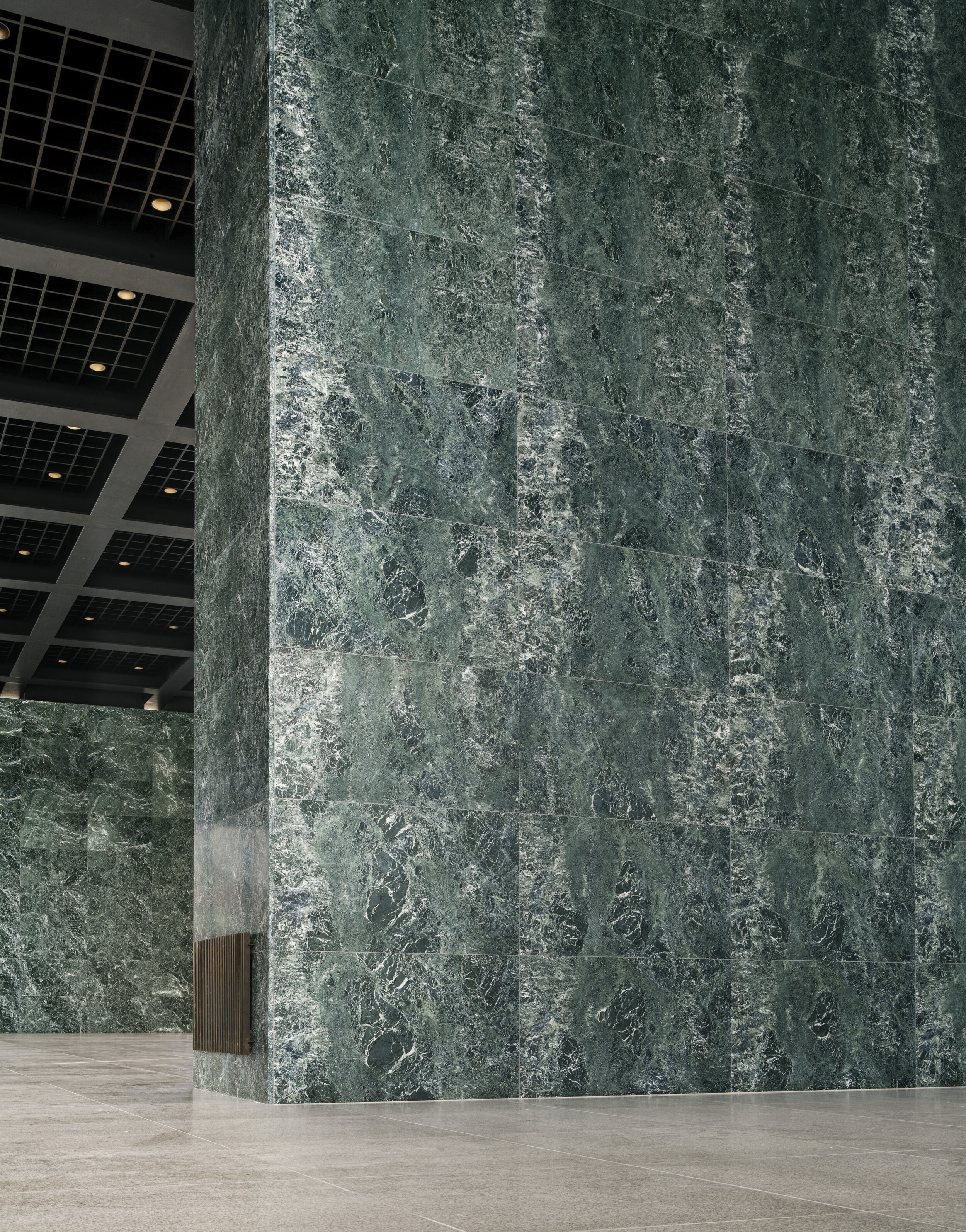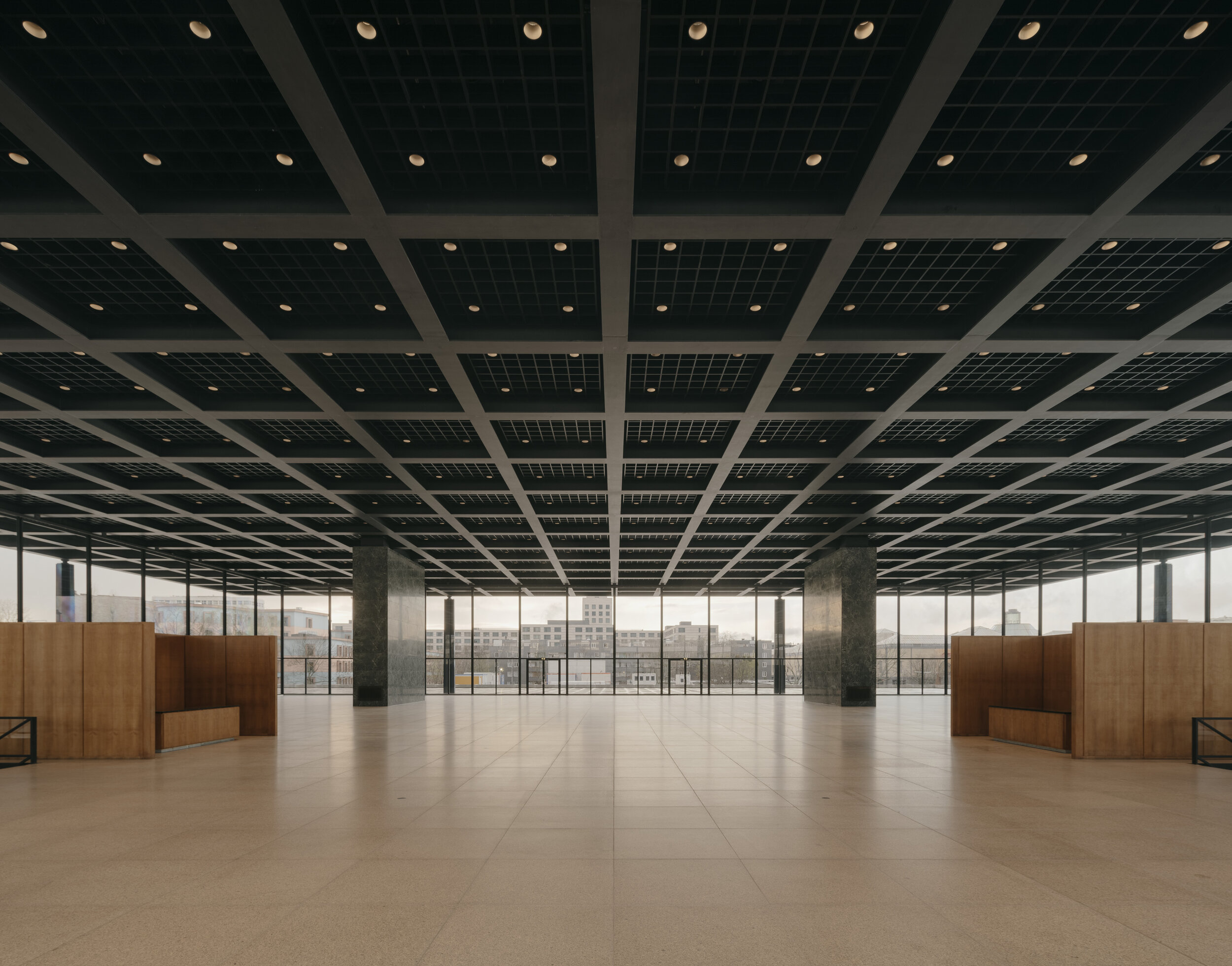Jelly cakes as objects of desire prelude a sensual dessert experience that cake artist and food stylist Lila Steinkampf makes. She works with jelly as a temporary sculptural medium that can be consumed while infusing a pure sensual experience, swinging between the art of sweets and the pleasure they give. She tells NR that the fact is that jelly cakes can be eaten and therefore becomes a part of your body, making them an accessible artwork. “It makes you stop for a second, try to grasp what you have in front of you. It makes you talk about the future of food,” she says. The kinship her consumers have with her jelly cakes moves beyond the visible form of food. The slow slide of the knife’s hilt onto the gelatinous surface sends an electric buzz on the skin. A shiver follows as the lilac whip cream and glossy tapioca pearls drip gradually. A slice of Steinkmapf’s treat invites the consumer to take the plate to their room and ravish the dessert at a languid pace, alone.
Steinkampf trained as a communication designer and worked as a research-based graphic designer and visual journalist before shifting toward cake making and designing. Jelly comes through as her go-to medium since she believes it toys with her creativity and allows her to explore her visual storytelling. “I could not find this space in art institutions and in my practice before. I feel free to fully express myself now, even if it is commissioned work,” she says. She adds that she can get analytical in the way she prepares and designs her jelly cakes, and the symmetry and intentional decorations of her works testify to her statement. Metaphors and allegories bond with her edible sculptures through her use of flowers, pieces of jewelry, feathers, olives, fruit, and soft colors.
Each cake she designs takes several hours to produce. “I am working in steps, but the cooling process interrupts the design process. Before that, the development of the concept and flower selection takes place. Every piece is a custom design, a personal exploration of a new technique, or color research,” she says. The versatility of her material means she can reheat and cast it again in any shape and form. She molds the jelly and twists it to her benefit, unlike baked chiffon cakes that might not fold under her desired shape and outcome. Ingredients-wise, nothing becomes discarded as Steinkampdf repurposes the leftover materials from her previous cakes – such as the fruit and flowers – to design a new one, and shares them with the people close to her.
When she says she wants to explore the depth of her visual storytelling, she means well. Two golden cherries top her two green, rounded jelly cakes for her commissioned work with Adidas. Petals of flowers scatter around the presentation, adding up to the soft and striking features of her creation. For another order, she sculpts a rose from a red-hued jelly, injects a real rose in the middle, and places everything inside a heart-shaped, transparent cake. When sliced, the cake displays a broken heart with uneven cut lines, jagged by the knife. Sometimes, she fills the inside with strands of blonde hair, and once, she planted a curvy phallus-like design in the center of a whipped-covered cake. Steinkampf needs no words to describe why she does what she does. A glimpse of her creations is enough to flirt with the viewer’s imagination. What follows next are the salivating mouths these cakes are poised to feed.
Since her works are also through collaborations and commissions, brands and clients give her the freedom to translate their briefs and requests, and Steinkampf oozes excitement as she brainstorms what visuals she can make out of the verbal and written words. “It pushes me to go out of my comfort zone and risk developing a new visual language. There are times I feel nervous about the end product and how it is going to be perceived by the client, but until now it always turned out in the best way I could have imagined. This is the best way I can think of working – there is a balance between my own approach in tryouts as well as freedom in commissioned work,” she says.
The surroundings of Steinkampf growing up influence the flowers present in her design oeuvre. Her grandmother grew her own flowers in her garden and would pluck the bloomed ones to decorate the community church every Saturday. Steinkampf would join to assist her grandmother, and they would prepare huge bouquets inside the church, especially the altar. “By doing this, she taught me a lot about color composition and set design with the altar as the stage,” she says. Turning to her parents, both are gardeners who fostered Steinkampf’s curiosity over gardening. The cake artist and stylist owes her green sensitivity to the spacious garden her family had while growing up. She learned to identify what they needed to grow in their garden and how to let them bloom, acting as her parents’ novice gardener.
Today, Steinkampf is far from being called a novice in the floral department. Working with flowers so closely for her cakes has made the artist and stylist aware of the natural crevices, waves, and bents of the florals, allowing her to marvel at the detailed structures found in every bloom. “It never fails to amaze me every time I spend time with them. I started deconstructing the blooms to see how their expression changed. This is what defines the detailed look of my cakes today,” she says, who adds that living in an urban environment now and being dependent on flower shops changes and informs her approach. “The geographical trading routes of the cut flowers market are determined by exploitative working conditions which we should be aware of while working with flowers.”
When Steinkampf started making cakes for private birthdays, she soon realized it formed a bond between her, the person who commissioned the work, and the people who received her cakes as presents. An element that freely runs in her work ethic today lies in how she treats what she makes as a personal token to gift and share. At the same time, her desserts spring as a genre of deconstruction to which she eventually adds layers visually. “This is a beautiful image for me. The consistency of the jelly forces you to invent something new if you want to share. The basic elements connect you with the other people on the table, but every served dessert turns into its own world. Jelly gets this magical shine when it is cut, and the light finds its way through. Combined with flowers and fruits, it starts to tell its own story staged in a small bowl,” she says.
Opting out for a less-subdued, more-pronounced body of work, Steinkampf diverts the attention of her consumers from looking at cakes solely as sweet treats to fulfill their cravings. Her instinctive and technical details turn her jelly cakes into luxurious souvenirs that stimulate the senses through their color, texture, flavor, and sparkle. “These are exactly what I am working towards to,” she says. For every mouth-ready cake designs she makes, Lila Steinkampf motivates the consumers to slow down – maybe take a picture for social media – scrutinize the design, mentally and/or physically applaud the artist behind the creations, and dig in for pleasure without thinking twice.
